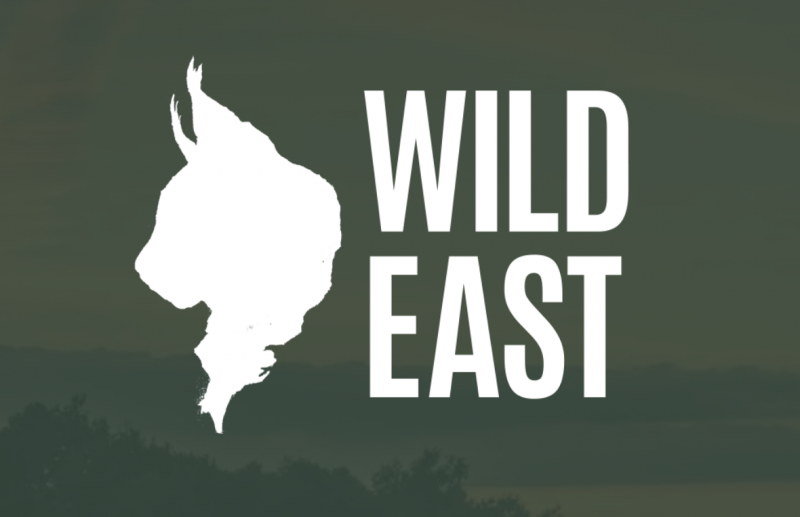Exciting conservation project WildEast challenges our region to become one of the biggest, best connected and restored nature reserves in the world

Leathes Prior is delighted to have been instructed to act for WildEast in their aim to make the Eastern region one of the largest, best connected and restored nature reserves in the world, to span 1,250,000 hectares. The project has been thoughtfully created by founder and trustees Hugh Somerleyton, Oliver Birkbeck and Argus Hardy, with the intention of returning some 250,000 hectares of land to nature and restoring Britain’s declining bio-diversity within the next 50 years.
Through careful research, the UK’s State of Nature Report charts a heavy decline across almost all metrics of wildlife. This includes a 50% decrease in species such as the yellow hammer and the song thrush, as well as the common hedgehog dropping from 30 million in 1970 to just 1 million today. The hope is that the project will eventually yield a sustainable recovery in numbers for all at-risk species across the region, as well as including a reintroduction of several key species.
The project is also estimated to encourage a profound shift towards a much more eco-restorative high-welfare diet, looking at how food is farmed locally and the way in which it is mass-produced. The introduction of a conservation scale labelling system will see how local farms fair in areas such as eco-restoration, regenerative farming, wild animal welfare, farmed animal welfare, eco-collaborative initiatives, recycling and renewable fuel, and give an overall rating based on all of these factors combined. WildEast’s main goal with this system is to encourage improvements to be gradually made to these areas of farming, but also to eventually see a similar accreditation across tourism business, local business, schools and councils. This will hopefully help to grow a greener, healthier regional economy that recognises and rewards farmers, businesses, groups and individuals who work hard to restore natural abundance to the region.
The Somerleyton Estate has already begun altering their farming methods, with initial moves being a stop to all pesticides and chemical sprays on the land, as well as removing the internal fencing to allow the land to become more of a natural savannah. Some animals on the farm such as the Norfolk black pig and a herd of wild Exmoor ponies are allowed to roam free, their expert grazing helping to recolonise the bare earth the animals leave behind, in turn allowing new species to be introduced to the land, as well as many declining species to return and thrive. This was well covered in BBC One’s Countryfile of which you can see the hour long episode here.
There will also be a large focus on the educational values of the conservation project, with the aim that future generations see the importance of protecting the local wildlife and restoring the landscape back to its abundant health over 40 years ago. Working with the renowned Norwich-based educationalists Camouflaged Learning, WildEast will create an online educational program to be delivered into every school in the region, aimed at years two to 10. With plans to educate an army of so-called ‘WildBeasts’, the hope is that the project can allow future generations to see how vital a conservation of local wildlife is to all walks of life in years to come.
In challenging owners of farming estates, industrial estates, housing estates and schools, gardens, allotments and churchyards to commit to a greener, more eco-restorative way of life, WildEast’s hope is that the Eastern region can hopefully return what we have to nature.
Leathes Prior are proud to be involved in this ground breaking project and are excited to see the project progress. Partner, Darren Bowen said “Having worked for the Somerleyton Estate for many years, we were delighted to be asked to assist with this project. With leading experts now advocating the urgent need for “bigger, better and more joined up spaces for nature”, it is fantastic to see that WildEast will ensure our region is at the forefront of this growing and crucial movement”
For further information about the movement, see the WildEast website here.


